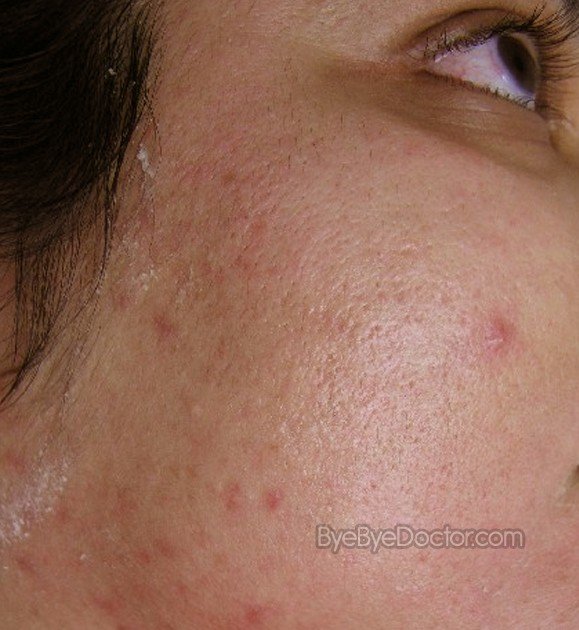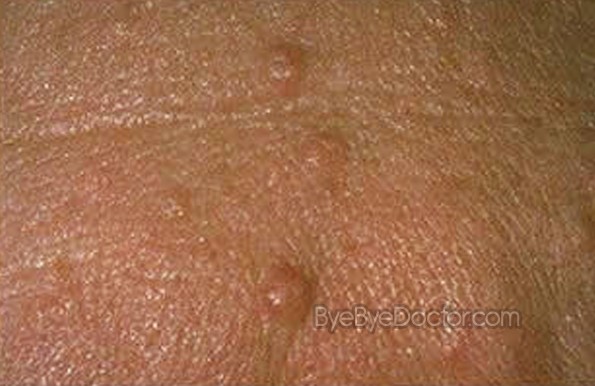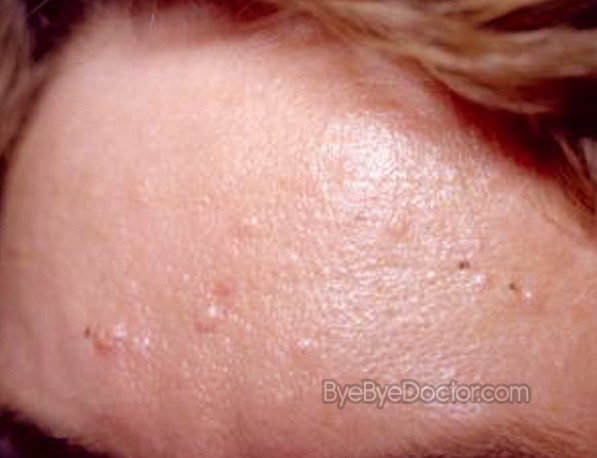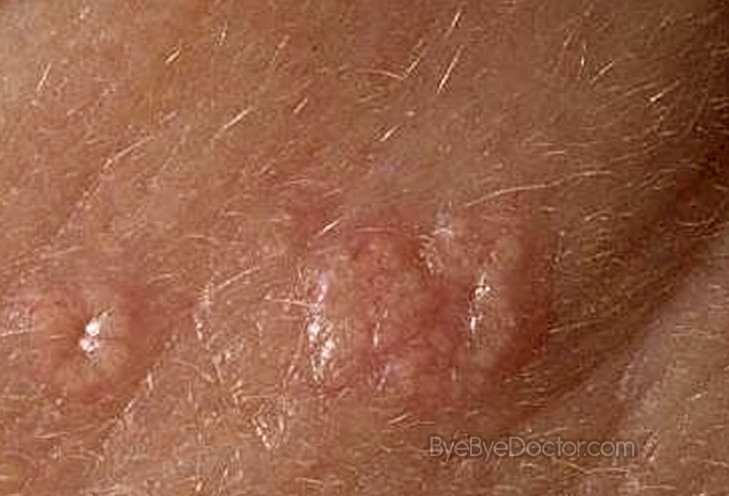Sebaceous Hyperplasia
Last reviewed by Dr.Mary on November 16th, 2018.
What is Sebaceous Hyperplasia?
This is a very common nontoxic, harmless enlargement of the oil glands of the skin. These growths which are yellowish usually develop on the face. It rarely develops on the areola, mouth, vulva or chest. Variants such as a form that is giant, a liner or zosteriform arrangement, a form that is disperse as well as familial form are seldom reported. It is important to understand that this problem is not hazardous to the individual and will not threaten them seriously. It is just a benign hair oil-gland over growth.
There is not one age group that is more susceptible to sebaceous hyperplasic. The age group that is most susceptible seems to be males in middle ages or imprecisely older ages.
Sebaceous Hyperplasia Symptoms
Some symptoms of this condition include:
- Whitish or yellowish bumps in the area affected
- Raised papules with center that is depressed
- Sebaceous glands that are enlarged
- Dryness of the hairs with a loss of lubrication
- 1-5 mm papules, mainly on nose, forehead, and cheeks
Sebaceous Hyperplasia Causes
Some of the causes of this condition which is harmless can consist of:
- Weakened immune system
- Sun exposure
- This condition is contagious so it may be spread by touch
- Aging
- Acne can also be a sign of this condition
Sebaceous Hyperplasia Treatment
Although there is really no need to treat this condition as it will eventually go away on its own, many prefer treatment for cosmetic reasons.
A Tretinoin is a cream or gel that can be applied to some areas of the body. It is valuable for the fast recovery of sebaceous hyperplasia. This cream is able to help the problem to not get worse but it does slowly eliminate the condition so it is important to use it every day or as prescribed.
You can also use another very powerful drug that is known as Accutane. But once you stop this medication then this skin disease may come back.
A biopsy can be performed if there is any concern existing for the lesions to be a basal cell carcinoma.
Because the condition is quite similar to acne, numerous individuals have had very good success when using simple acne treatments to keep the condition in check. An individual could apply some fresh mint juice over the areas affected every night on a regular basis. Another good home remedy is to make a paste consisting of turmeric powder and mint juice, keeping it on the affected areas for a half hour and wash it off the face with water that is lukewarm. There is also a paste that can be made with fine oatmeal and natural yogurt. After the paste has been applied and dried, wash off with the help of lukewarm water and then pat dry. Another home remedy is a paste of honey and cinnamon powder for applying at night before bedtime. Wash the face mask off the next morning with lukewarm water.
Prevention
There is really no well-known prevention for this condition. Things for instance washing one’s face regularly in order to help keep the face clear of excess oil and dirt is a good tip to help with prevention and can help to prevent these lesions but not all of them. Facial peels as well as light therapy can help to prevent this condition.
Removal
There are some procedures for removal:
- Photodynamic therapy – done with 5-aminolevulinic acid as well as visible light
- Cryotherapy – done using liquid nitrogen, freezes the lesions and then they are removed.
- Laser treatment – This is done with carbon dioxide, argon, and pulsed dye laser. It is somewhat expensive and therefore is also less accessible.





